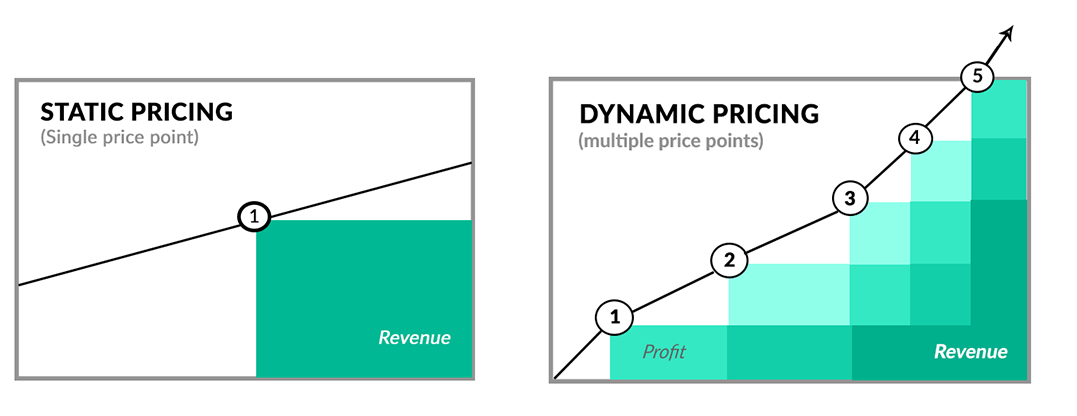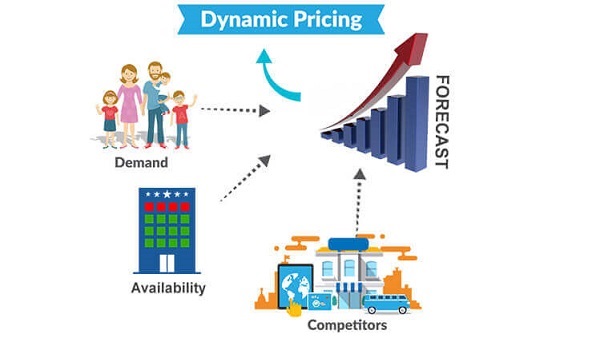

It works by collecting market, customer, and competitor data in real-time. Unlike fixed pricing strategies, dynamic pricing is flexible. the closer the departure date, the more expensive tickets will be).

Airlines invested a huge amount in developing technology that could automatically change ticket prices based on factors, like the number of seats remaining on a particular flight or the time till departure (i.e.

While dynamic pricing has existed in one form or another throughout human history, the airline industry supercharged it in the 1980s, Following the removal of government pricing regulations. Also known as surge pricing, demand pricing, real-time pricing, or time-based pricing, businesses use dynamic pricing to set flexible prices based on dynamic market conditions, like supply, demand, and competitive prices. In its simplest form, dynamic pricing is the practice of charging variable prices for the same product or service based on various market factors. Let’s look at how dynamic pricing works, the advantages and disadvantages of this pricing model, and how you can successfully implement it in your business. While you might loathe this pricing method as a consumer, more and more businesses love it because it allows them to maximize profit by charging variable prices over time.ĭynamic pricing has evolved rapidly with the development of pricing technology. You check prices for a flight online, but when you return to book a few days later, tickets for the same exact flight are more expensive.


 0 kommentar(er)
0 kommentar(er)
